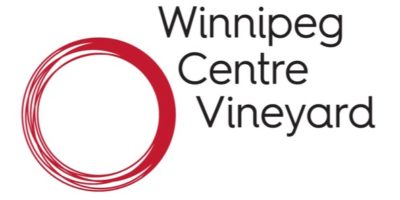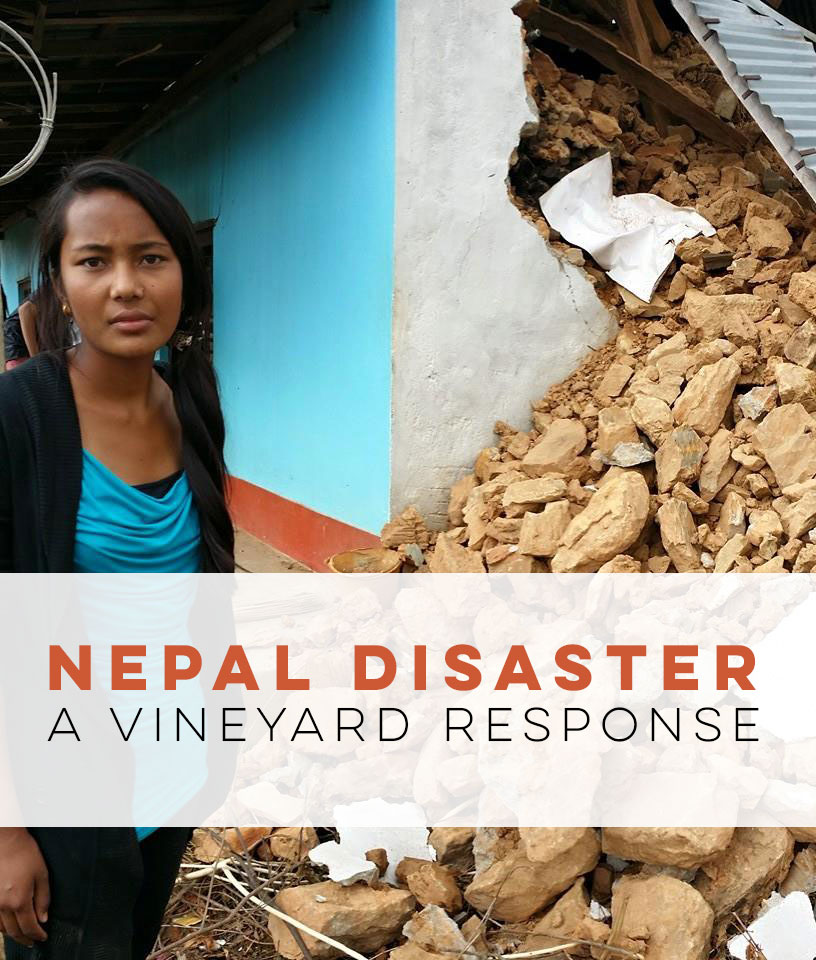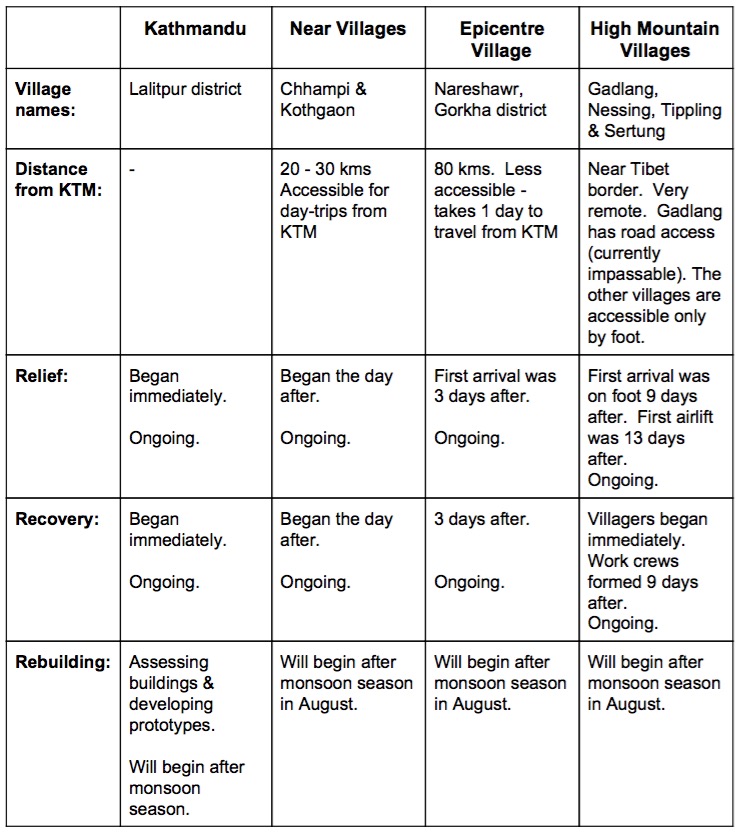Relief, Recovery & Rebuilding
May 27, 2015
> Download a PDF version of the Strategic Plan here.
Contents:
- Introduction
- Leadership
- Areas of Activity & Maps
- Background
- Our Approach
- Three-Point Strategic Plan
- Activity & Accessibility Chart
- Goals
1. Introduction:
This document began within days of the earthquake which struck Nepal in the morning of April 25, 2015. Noel Isaacs, the director of the Himalayan Region Vineyard (HRV) churches and Senior Pastor of the Kathmandu Vineyard and Winnipeg Centre Vineyard (WCV) and Kathmandu Vineyard, began it. Extensive input from other sources has since been incorporated.
The purpose of this document is to outline our plan, the philosophical approaches we’ve engaged in, and a little background.
2. Leadership:
There are three primary spheres of leadership in this disaster response. In addition to the local pastors and other leaders on the ground in the individual villages the primary players are:
2.1. HRV Earthquake Management Team (EMT)
Within days of the earthquake, the EMT was developed for a number of reasons:
- To help access local insight and decision-making.
- To help streamline decision-making without creating a bottleneck on one person.
- To protect the HRV and individual members on the team.
This team is comprised of recognized and experienced leaders in the HRV who use this Strategic Plan as a guideline for all relief, recovery and rebuilding decisions. The EMT is:
- Noel Isaacs (Senior Pastor, Kathmandu Vineyard & HRV Director)
- Raju Rana Magar (Pastor, Kathmandu Vineyard)
- Silas Rai (Senior Pastor, Namchi Vineyard)
- Ramesh Bisht (Elder, Kathmandu Vineyard, Bookkeeper)
- Binay Thapa (Kathmandu Vineyard)
2.2. Winnipeg Centre Vineyard
The EMT works in conjunction with WCV’s leadership. This document was developed together and the response is planned in consultation. WCV’s primary Nepal Disaster fund team is:
- Andy Wood (Pastor)
- John Rademaker (Pastor)
2.3. Vineyard Canada
WCV is working with Vineyard Canada to ensure a cohesive response. The Nepal Disaster Fund as well as this document have been developed in consultation with and endorsed by Vineyard Canada, represented by:
- David Ruis (National Director)
- Todd Rutkowski (Coordinator for Cross-cultural Mission and Global Missions Task Force leader for Canada)
3. Areas of Activity:
- Kathmandu Vineyard (Dakhbari Sangati)
- Near villages: Kothgaon & Chhampi
- Epicentre village: Nareshawr (Gorkha Vineyard)
- Remote High Mountain villages: Gadlang, Nessing, Tipling, Sertung (Langtang Range)
4. Background:
A small team from Vineyard Canada were in Kathmandu at the time of the earthquake on Saturday, April 25, 2015. Until two days previously they were staying with Nepali associates who live right at what would become the epicentre, in Gorkha, preparing to develop a grammar and high school there.
Immediately after the earthquake, priorities shifted from building a school to emergency relief and rehabilitation of the communities of our adherents.
Within hours we established shelter for several hundred residents and foreigners on our Kathmandu property, and within three days had distributed hundreds of kilograms of rice, blankets, salt, and tarps to houses in Chhampi, Kothgaon, and Kathmandu. While doing so we consulted with dozens of local civic and church leaders about their priorities for relief and development. The first response team was led by Nepali leaders who have up to 25 years of development experience here, several owners of construction companies in Canada, and local civic leaders. We looked at immediate and long-term priorities, with an eye to both immediate action and eventual long-term sustainability.
5. Our Approach:
5.1. Existing Relational Network
We have a significant network of relationships across the Himalayan Region. We will only be active in villages and neighbourhoods where we have existing relationships. This is one of the strengths of the HRV, which can be offered to various NGOs who do not have relational networks from which to operate.
HRV people are the starting place, however relief and rehabilitation will not stop there. We will work through existing relationships to help our church members help their neighbours. Beyond our church people, we will serve people from diverse backgrounds helping Christians, Hindus and Buddhists alike.
We will not engage in “event based distribution”. Passing rice out from the back of the truck creates line-ups, competition and requires large-scale operations. We do not have the resources for large-scale distribution. Rather, working through existing relationships allows us to operate in a more subtle way while distributing resource far beyond our small circles.
5.2 Collaboration
The task of rehabilitation is enormous and no one organization should be working without coordinating with others and, perhaps, even central coordination. We hopefully will do some things others cannot. We will avoid overlap in the areas where we are active, and will resource our strategic plan from many sources including, government, NGO, faith-based, and the private sector.
5.3. Local Input
Our relief and rehabilitation efforts will favour and prioritize local resource, talent and ingenuity. While international help and expertise is critical, history has shown that disregarding local input is not productive. Our rehabilitation efforts will attempt to incorporate appropriate outside skill without demeaning or undermining local know-how. Additionally, we view it a high priority to be sensitive to each community’s unique needs, and assessment of their own situations. Local earthquake management teams have been developed for most of the villages we are working in. These teams have a significant voice in decision-making, resource allocation and rebuilding.
5.4. Accountability
The Kathmandu Vineyard was planted out of WCV nearly 20 years ago, and the two communities have maintained very close ties ever since. WCV has been functioning as the primary partnering Western Vineyard church and had people on the ground in Kathmandu as the earthquake struck.
WCV has set up a “Nepal Disaster Fund”. Funds have been received from around the world. Additionally, Vineyard Community Church in Gilbert Arizona have collected and receipted American donations. They will transfer their “Nepal Relief” funds to WCV to be administered by the EMT. Funds will be dispersed as needed.
All fund transfers to the HRV and all expenditures by the EMT are documented daily and sent to WCV on a regular basis. WCV will submit a full account of all funds in accordance with Canada Revenue Agency’s regulations.
WCV is part of Vineyard Canada, and is in regular dialogue at this level.
5.5. Short and Long-term thinking
The emergent needs resulting from this earthquake are obvious. Many people need help now, or more fatalities will ensue. However, we must be careful to be measured and wise in our approach. We are a small organization – not the government or a large NGO. The following three-point plan lays a template for how we will stage aid and development to meet both the short-term needs and build for sustainable and long-term development in our areas of activity.
6. Three-Point Strategic Plan
Relief > Recovery > Rebuilding
6.1. Relief
- Food
- Temporary Shelters
- Temporary Schools
- School Admission Tuition Assistance
Food:
Rice and other staples are being delivered and distributed. This emergency assistance must continue until they are able to be self-sufficient again.
Temporary Shelters:
These are being built using local materials in the villages from salvaged tin roofs, tarps, and bamboo. Bamboo is strong and is easily found. Some tin can be reclaimed from damaged houses. Flooring is created easily by using reclaimed bricks now available by the thousands. Bamboo walls can be wind-proofed with more tin or tarps. Tents are also being used.
Temporary Schools:
Education for the next generation is a great concern. Taking a cue from this, we will provide large temporary tents in which students can resume their studies.
Admission Tuition Assistance:
Recovery and inflation resulting from the earthquake have strained most HRV family’s resources and has made covering tuition fees and school supplies very difficult. The Nepali school year begins the end of May. Admission tuition is due at this time. We would like to offer one-time assistance for families. They would still be responsible for monthly school fees. Tuition varies widely depending on the location (KTM is 8 times the cost of tuition in the High Mountain villages). There are approximately 250 Vineyard children in the earthquake affected areas who will need help.
6.2. Recovery
- Demo & Shelter Teams
- Salvage
Demo & Shelter Teams:
The first few days after the earthquake, demo teams consisted mainly of volunteers of local and foreign people. In this time, they developed safe demolition techniques and a prototype emergency shelter. Teams of 4-5 local construction people are being hired to clear bricks, tin, and wood, recover household goods where possible, and salvage appropriate building supplies. So far, this seems to be a remarkably good arrangement for efficiency, expertise, and also divides responsibility between the homeowners, funding organization, and willing volunteers. A volunteer component of this could be expanded to include more foreign teams.
As has already happened, some of these teams can be deployed already where the houses have actually collapsed, but the majority of houses must be intentionally collapsed first, in a safe manner.
Salvage:
Salvage, demolition and construction of temporary shelters happens simultaneously. In addition to recovering building materials, various household items, agricultural supplies (seeds and tools) and foodstuffs are also being recovered.
Relief and Recovery must happen immediately or very quickly, or there will be dire consequences. On principle the issues around emergency action involve dependency on great amounts of outside resource. However, the in the Rebuilding stage we will begin to move more systematically from dependence through independence to interdependence.
6.3. Rebuilding
- Houses
- Churches / Community Centres
- Gorkha School building
- Trauma Care
Houses:
Though we will need significant outside help to begin the process of rebuilding from the rubble, after the monsoon is over in August and construction begins to be possible again, we will combine local and western expertise in the design of new houses that will be more earthquake-proof, incorporate accessible but improved building technology. The design will be a simple frame which will allow locals to customize and participate in the finishing of the house. Our design will provide a foundation, wall frame and roof. Keeping the design simple allows us to build more houses. It also keeps those being helped in line with local standards of living.
While local expertise is crucial for design, it is foreign capital inputs that must buy materials.
Approximately 172 Vineyard people have lost their homes. We will work to rebuild two neighbouring homes (non Vineyard people) for every one Vineyard home.
Churches / Community Centres:
All our gathering spaces have sustained damage, some completely crumbled. These gathering halls are critical for community cohesion, comfort, support and organization. The largest repairs will need to be assessed at the Kathmandu Vineyard, because of the size of the buildings there. However, the outlying villages will have first priority due to the devastation they have sustained.
Gorkha School building:
Before the earthquake struck, the HRV was exploring schooling options for the children in Nareshwar, Gorkha. A nearby school was needed at that time. Since the earthquakes, a bad situation has become much worse. Our rebuilding efforts include this special project because of the prior plans and the location of this village being near the epicentre. The earthquake has exasperated the schooling situation here in a way it hasn’t in other locations.
Trauma Care:
The hidden toll in these earthquakes is the psychological and emotional trauma survivors have endured. The stress of these situations, and the daily aftershocks, has far-reaching and long-term consequences. We will be caring for not only the physical needs, but also the emotional and spiritual needs of the people. We will be organizing trauma care workshops and sessions in order to train leaders to care for their people in positive, culturally appropriate ways.
The process of emergency aid and development has at times enriched their providers instead of providing sustainable benefit to those whose lives need rebuilding. Between now and the start of rebuilding, we need to engage a process of looking at which techniques, technologies, and skill-set development will last beyond the rebuilding process and provide ongoing employment later. This is a highly localized process which must engage market dynamics, local materials, and local vision while drawing on outside inputs.
This long-term process is crucial for our communities to move past the early stages of dependency on emergency aid, and press through to the goal of communities vibrant with sustainable economies. Though this is a great tragedy, in particular with the lives lost through the quake, it is also a great opportunity to leap ahead into a life without poverty claiming our villages as it has for many years. We intend to work systematically, doggedly, measurably, compassionately, and cooperatively until this comes about.
7. Activity & Accessibility chart
8. Goals:
Working in a post-disaster developing economy requires a certain degree of flexibility. These goals are our best informed projections to date. The exact numbers may fluctuate due to circumstances beyond our control.
NOTE: We will not be publishing any numbers here due to complicating factors and security issues on the ground. You can contact us directly for more information.
8.1. Relief
- Transportation
Will need approx. 20 more helicopter transports.
Already purchased a truck.
- Supplies (Rice, Tarps, etc)
- School Fees
Approximately 250 children affected.
- Temporary shelters
Our goal is to erect 1,000 shelters
8.2. Recovery
- Clean-up
Our goal is to clean 1,000 houses.
8.3. Rebuilding
- Houses (There 172+ Vineyard people’s homes destroyed)
Our goal is to rebuild 600 homes.
- Village Church buildings
Our goal is to rebuild 5 church buildings.
- Kathmandu Vineyard building
Damage assessment is ongoing.
- Gorkha School building
Our goal is to rebuild 1 school in Gorkha.
> Download a PDF version of the Strategic Plan here.
>Click here to donate.
>Subscribe now to receive updates in your inbox.



Beautiful, ambitious, inspiring. Honoured to be family with you, in more ways than one, Andy. xo Jo
I, too, am grateful for the strong relationships between HRV’s and the Vtribe in Canada, which together are facilitating forward momentum in God’s Kingdom being active in Nepal. I look forward in coming days/weeks/months to hearing more how we, as local Canadian Vineyards can partner in this endeavor. Thanks to all who have worked and continue to work diligently in this shaken arena.
This is very comprehensive and well thought out. I’m so grateful for this kind of energetic leadership.